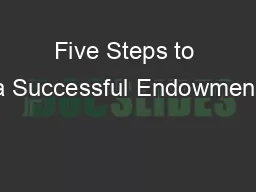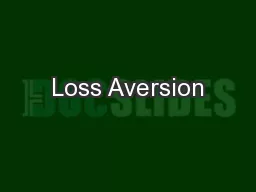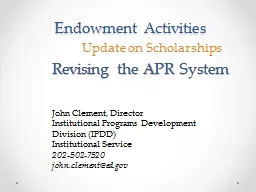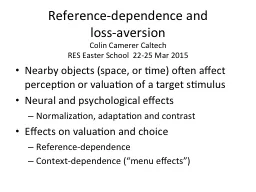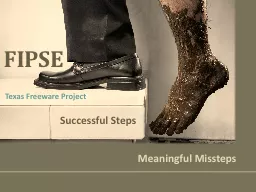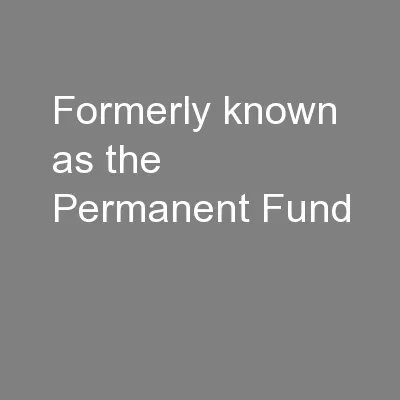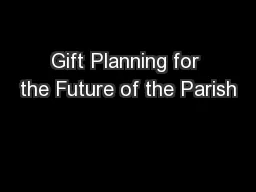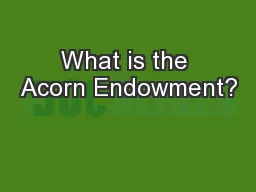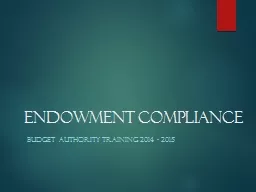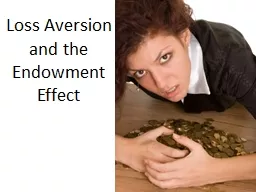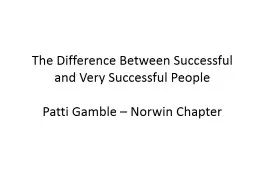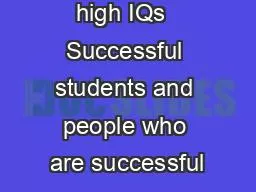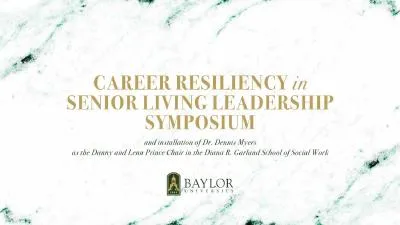PPT-Five Steps to a Successful Endowment
Author : lindy-dunigan | Published Date : 2018-03-09
Kathryn W Miree amp Associates Inc What Well Cover We will begin with the role of endowment Then well go through the process of building an endowment in five steps
Presentation Embed Code
Download Presentation
Download Presentation The PPT/PDF document "Five Steps to a Successful Endowment" is the property of its rightful owner. Permission is granted to download and print the materials on this website for personal, non-commercial use only, and to display it on your personal computer provided you do not modify the materials and that you retain all copyright notices contained in the materials. By downloading content from our website, you accept the terms of this agreement.
Five Steps to a Successful Endowment: Transcript
Download Rules Of Document
"Five Steps to a Successful Endowment"The content belongs to its owner. You may download and print it for personal use, without modification, and keep all copyright notices. By downloading, you agree to these terms.
Related Documents

